Antibodies are an important weapon in the immune system’s defense against infections.
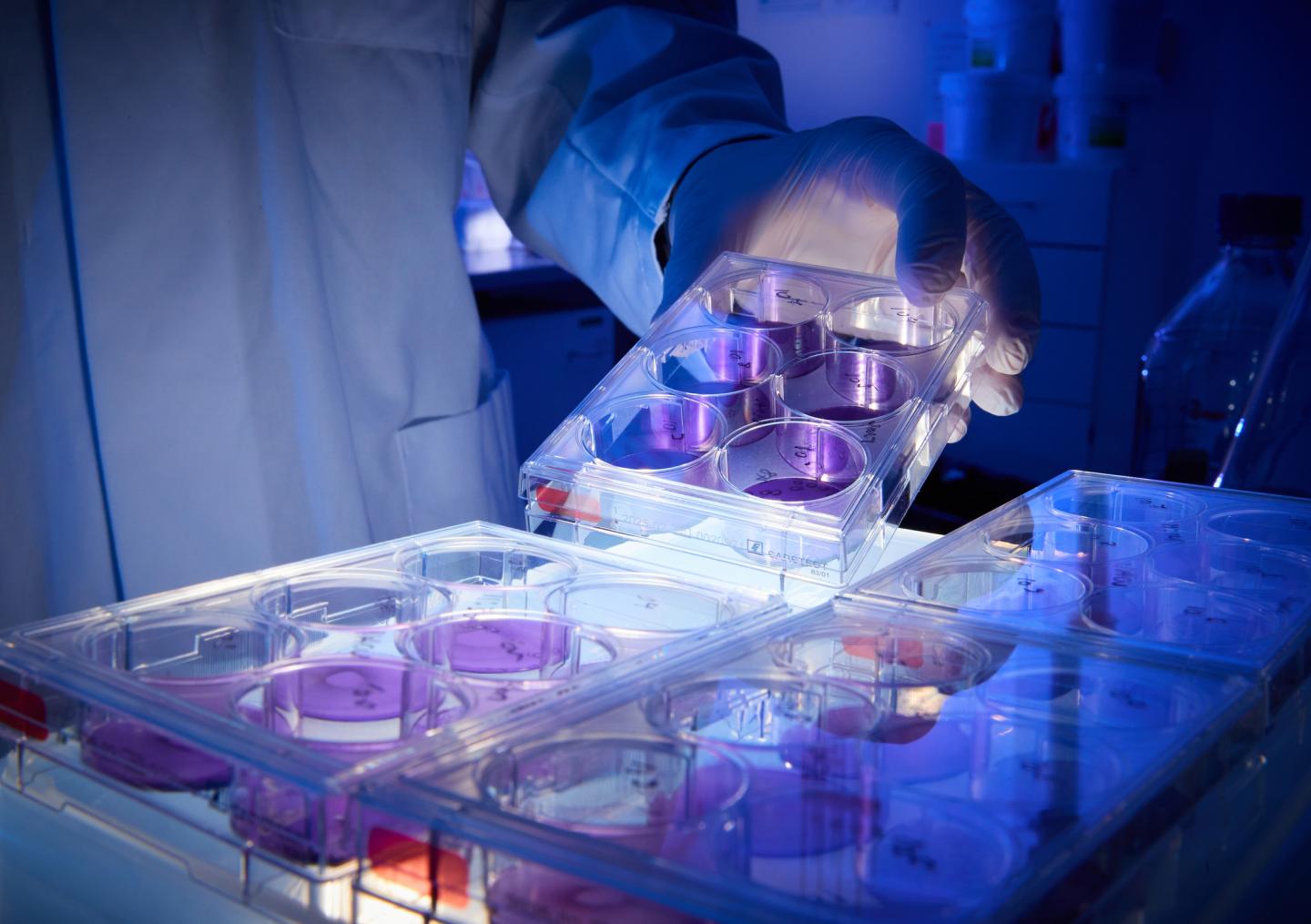
news, journals and articles from all over the world.

Antibodies are an important weapon in the immune system’s defense against infections.
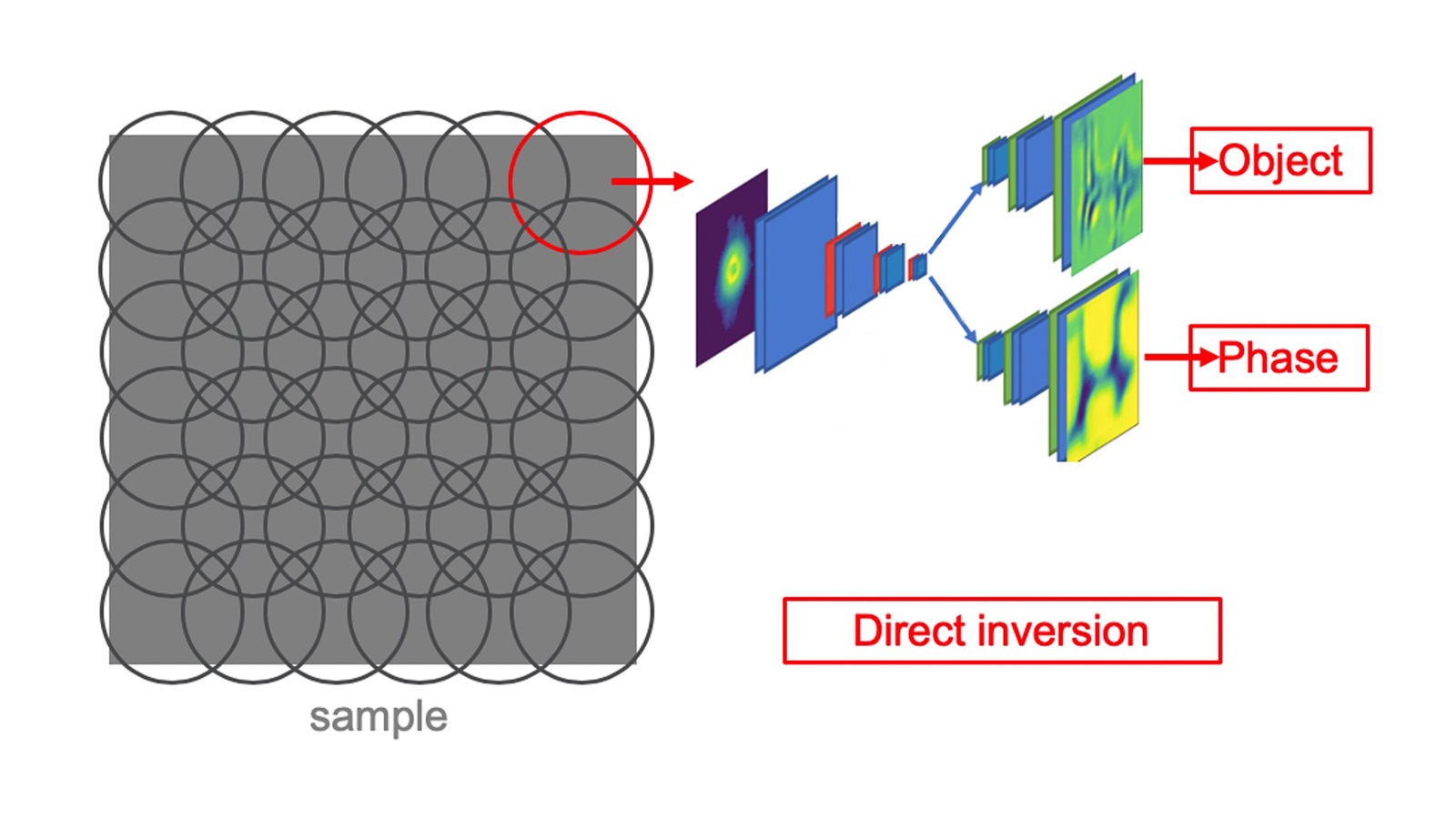
A team of scientists from Argonne is using artificial intelligence to decode X-ray images faster, which could aid innovations in medicine, materials and energy.
Scientists at Sanford Burnham Prebys Medical Discovery Institute have identified the sensor in human lungs that detects SARS-CoV-2 and signals that it’s time to mount an antiviral response.
Data experts with the University of Arkansas for Medical Sciences (UAMS) have uploaded clinical images of COVID-19 patients to a publically available national database that scientists can use in researching the disease and its impact in a global pandemic.
In a major register-based study, scientists at University of Gothenburg, Sweden, have now demonstrated a connection between inferior physical fitness in young adults and elevated risk of the autoimmune disease psoriasis.
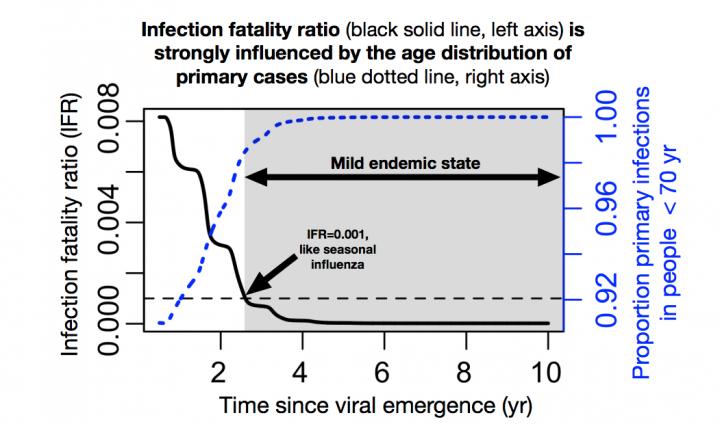
What is the endgame for SARS-CoV-2, the virus that is causing worldwide devastation?
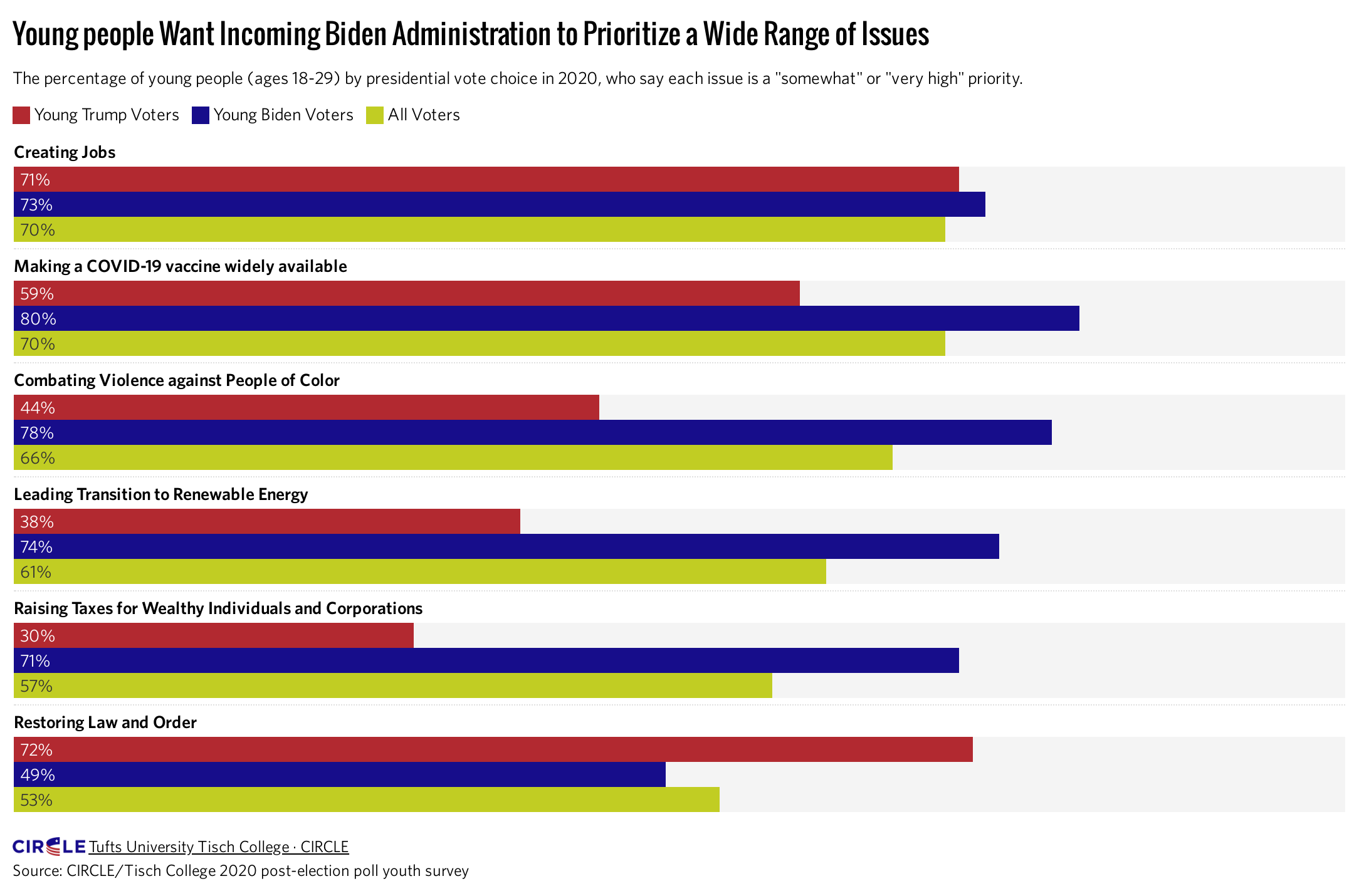
Young people made their mark on the 2020 presidential election with a likely historic level of voter turnout and decisive impact in key states. After the election, young people remain engaged in civic and political life and are poised to continue pushing for change on a wide range of issues, according to findings from an exclusive post-election survey from Tisch College’s CIRCLE.
A new study published in the American Journal of Preventive Medicine found a 25% increase in food insufficiency during the COVID-19 pandemic.
A lack of a protein in the brain that keeps our tissues healthy as we age is linked to Alzheimer’s disease, according to recent research from The University of Texas Health Science Center at Houston (UTHealth).
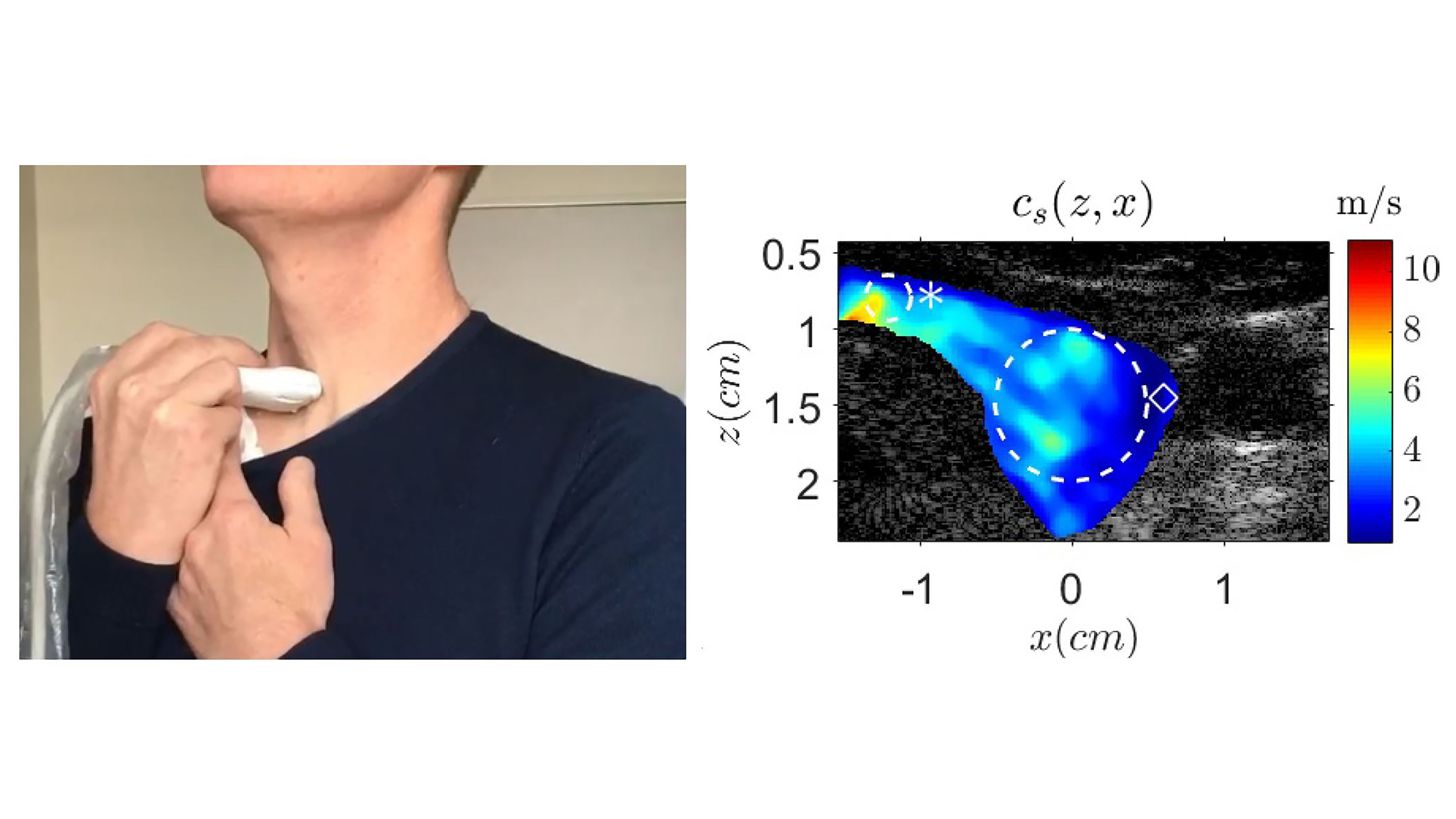
Singing may be the next-generation, noninvasive approach to determining the health of a patient’s thyroid. When a person sings, the vibrations create waves in the tissue near the vocal tract called shear waves. If a tumor is present in the thyroid, the elasticity of its surrounding tissue increases, stiffening, and causing the shear waves to accelerate. Using ultrasound imaging to measure these waves, researchers can determine the elasticity of the thyroid tissue. They demonstrate the technique in Applied Physics Letters.
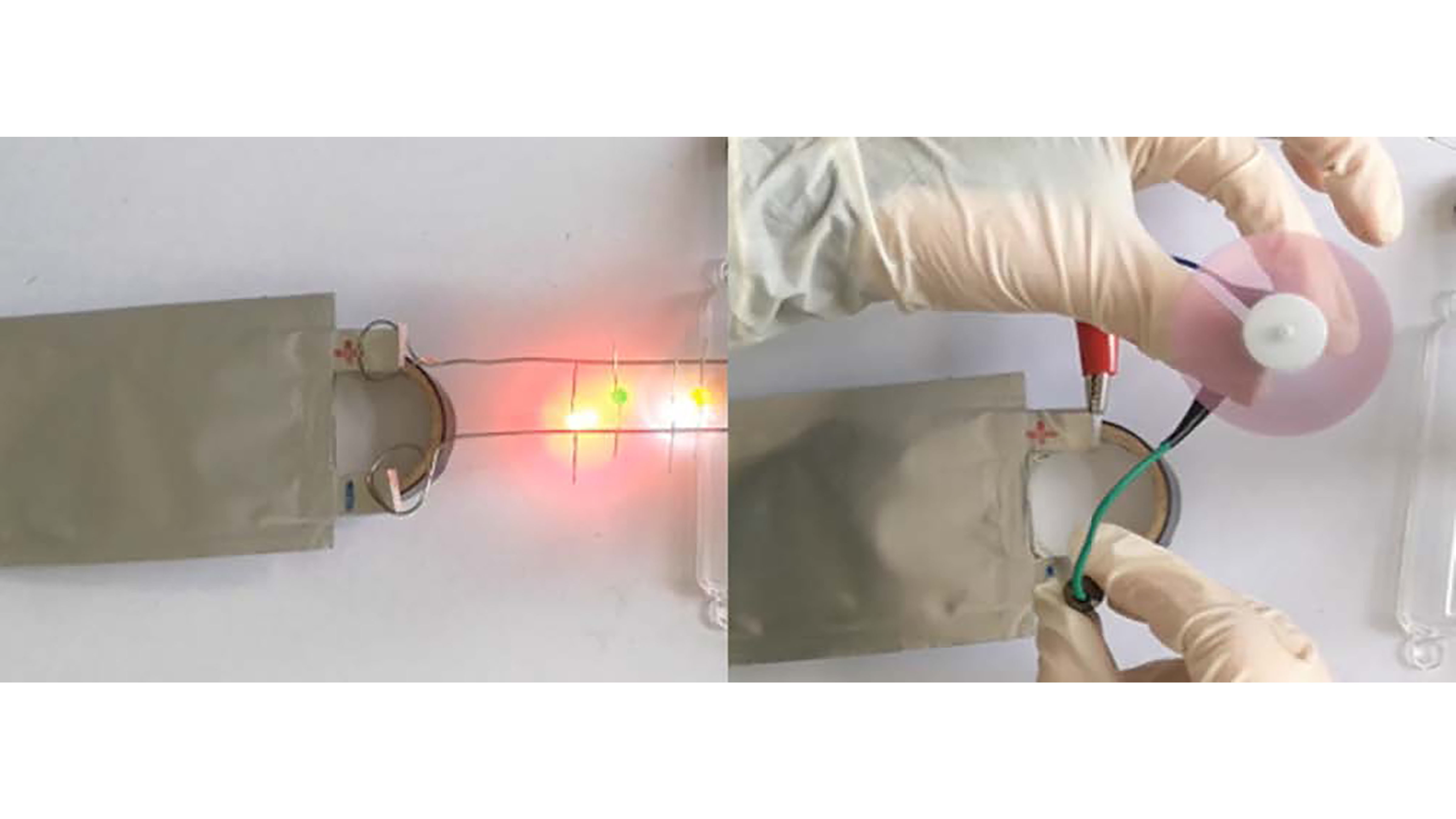
Sodium-ion batteries are a potential replacement for lithium batteries, but different anodes are needed for the same level of performance. Amorphous carbon is known to be a useful anode, because it has defects and voids that can be used to store sodium ions. Nitrogen/phosphorus-doped carbon also offers appealing electrical properties. In Applied Physics Reviews, researchers describe how they applied basic physical concepts of atomic scale to build high-performance anodes for sodium-ion batteries.
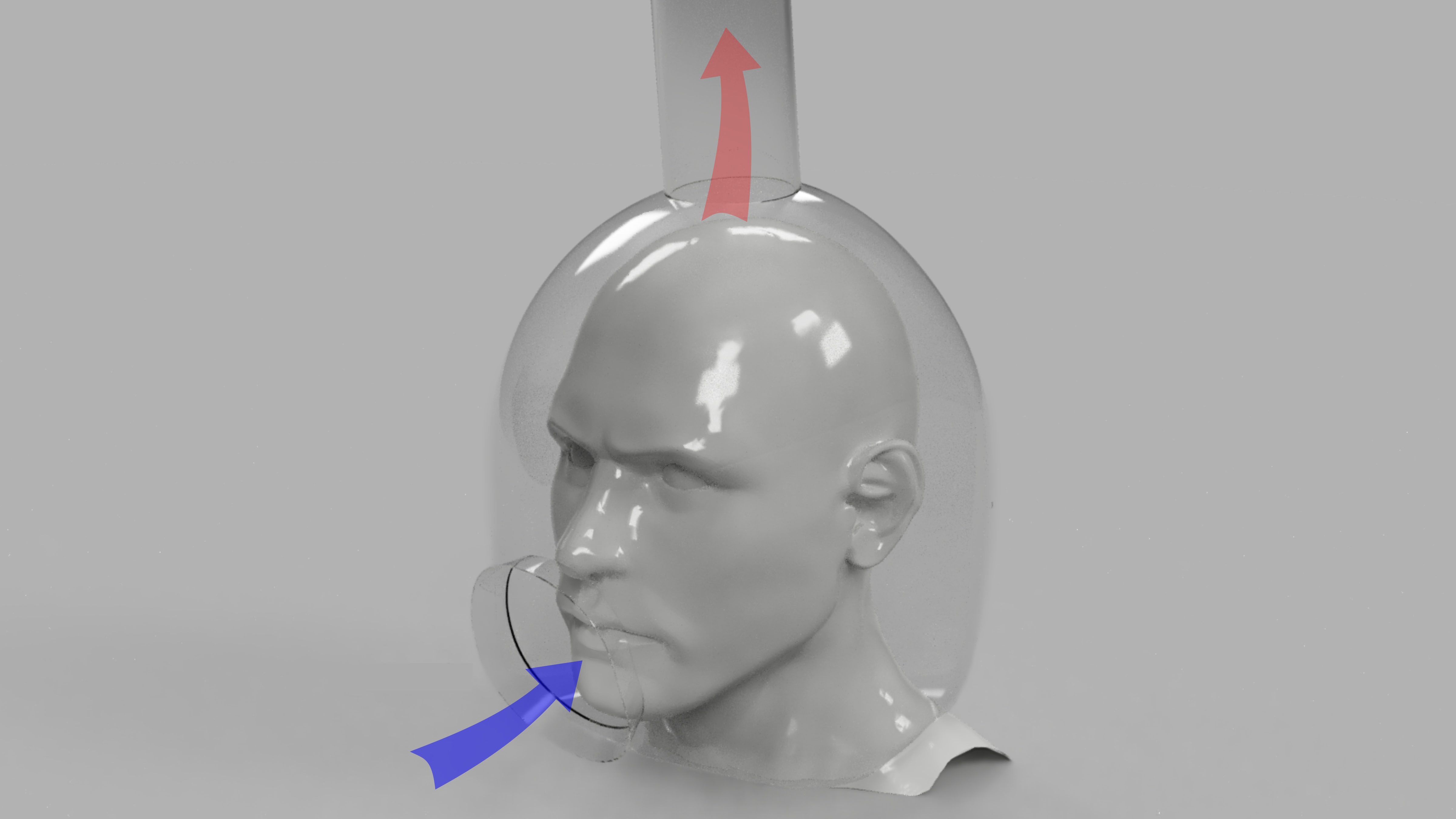
Dentists and otolaryngologists are at particular risk of infection of COVID-19, since they need direct access to the mouth, nose, and throat of patients. The current solutions are expensive, not highly effective, and not very accessible. In Physics of Fluids, researchers discuss their design of an open-faced helmet for patient use that is connected to a medical-grade air filtration pump from the top that creates a reverse flow of air to prevent cough droplets from exiting the helmet.
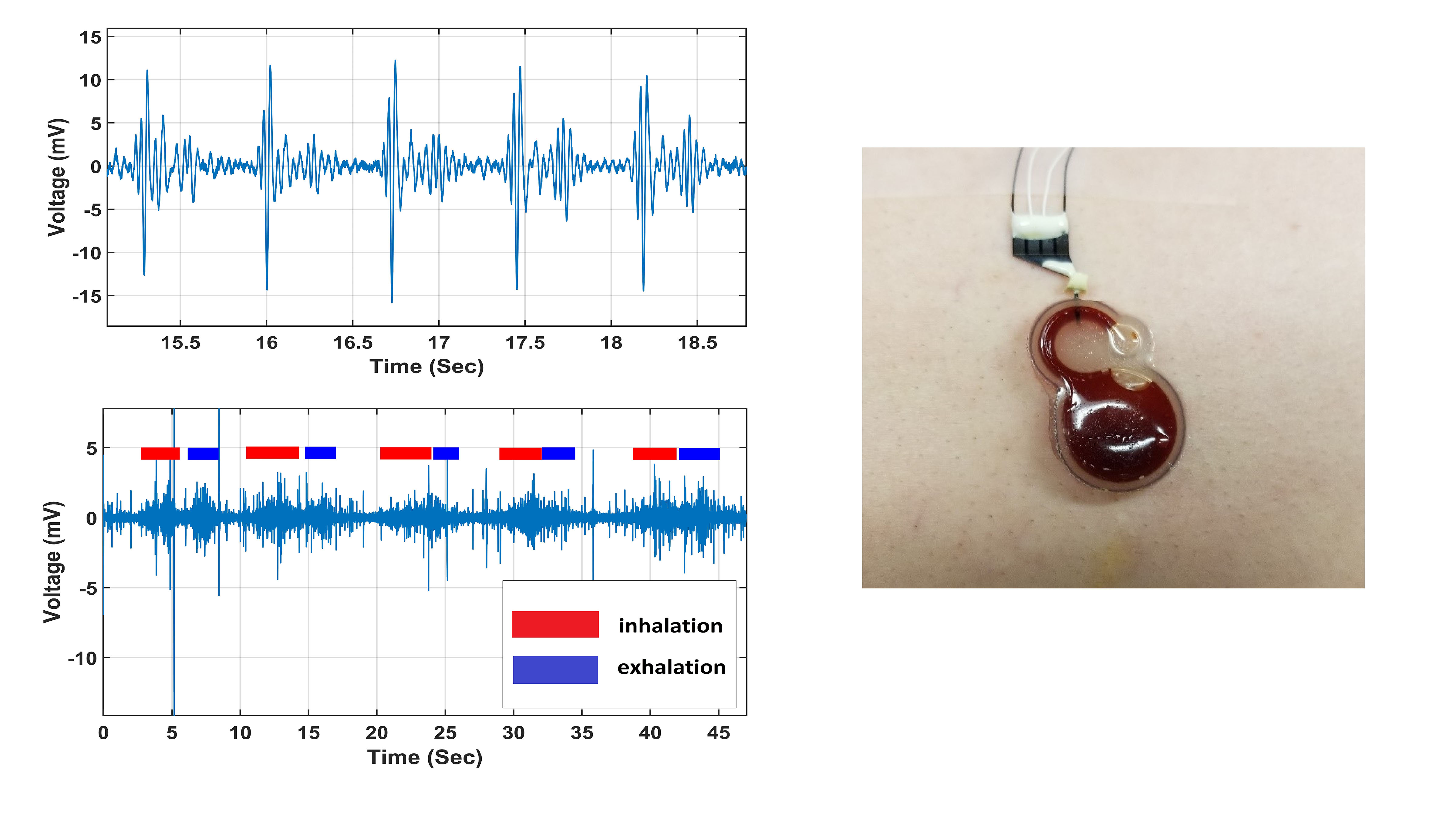
A small and inexpensive sensor, announced in Applied Physics Letters and based on an electrochemical system, could potentially be worn continuously by cardiac patients or others who require constant monitoring. A solution containing electrolyte substances is placed into a small circular cavity that is capped with a thin flexible diaphragm, allowing detection of subtle movements when placed on a patient’s chest. The authors suggest their sensor could be used for diagnosis of respiratory diseases.
A change in evidence-based guidelines for vasectomy may have led to a reduction in the number of follow-up tests to confirm the procedure was successful, reports a study in Urology Practice®, an Official Journal of the American Urological Association (AUA). The journal is published in the Lippincott portfolio by Wolters Kluwer.
Cars, trains, planes: For two thirds of the European population, traffic noise is part of everyday life. However, the right environment can have a major impact on this nuisance, as Empa researchers have found out. Green spaces in urban areas help to make road and railroad noise less of a nuisance. Only in the case of aircraft noise does this seem counterproductive: the greener the surroundings, the more disturbing the aircraft noise.

Using both mouse and human brain tissue, researchers at Yale School of Medicine have discovered that SARS-CoV-2 can directly infect the central nervous system and have begun to unravel some of the virus’s effects on brain cells. The study, published today in the Journal of Experimental Medicine (JEM), may help researchers develop treatments for the various neurological symptoms associated with COVID-19.

A team of biologists who banded together to support COVID-19 science determined the atomic structure of a coronavirus protein thought to help the pathogen evade and dampen response from human immune cells. The structural map has laid the groundwork for new antiviral treatments and enabled further investigations into how the newly emerged virus ravages the human body.
A recent study finds that, in the wake of a mass shooting, NRA employees, donors and volunteers had extremely mixed emotions about the organization – reporting higher levels of both positive and negative feelings about the NRA, as compared to people with no NRA affiliation.
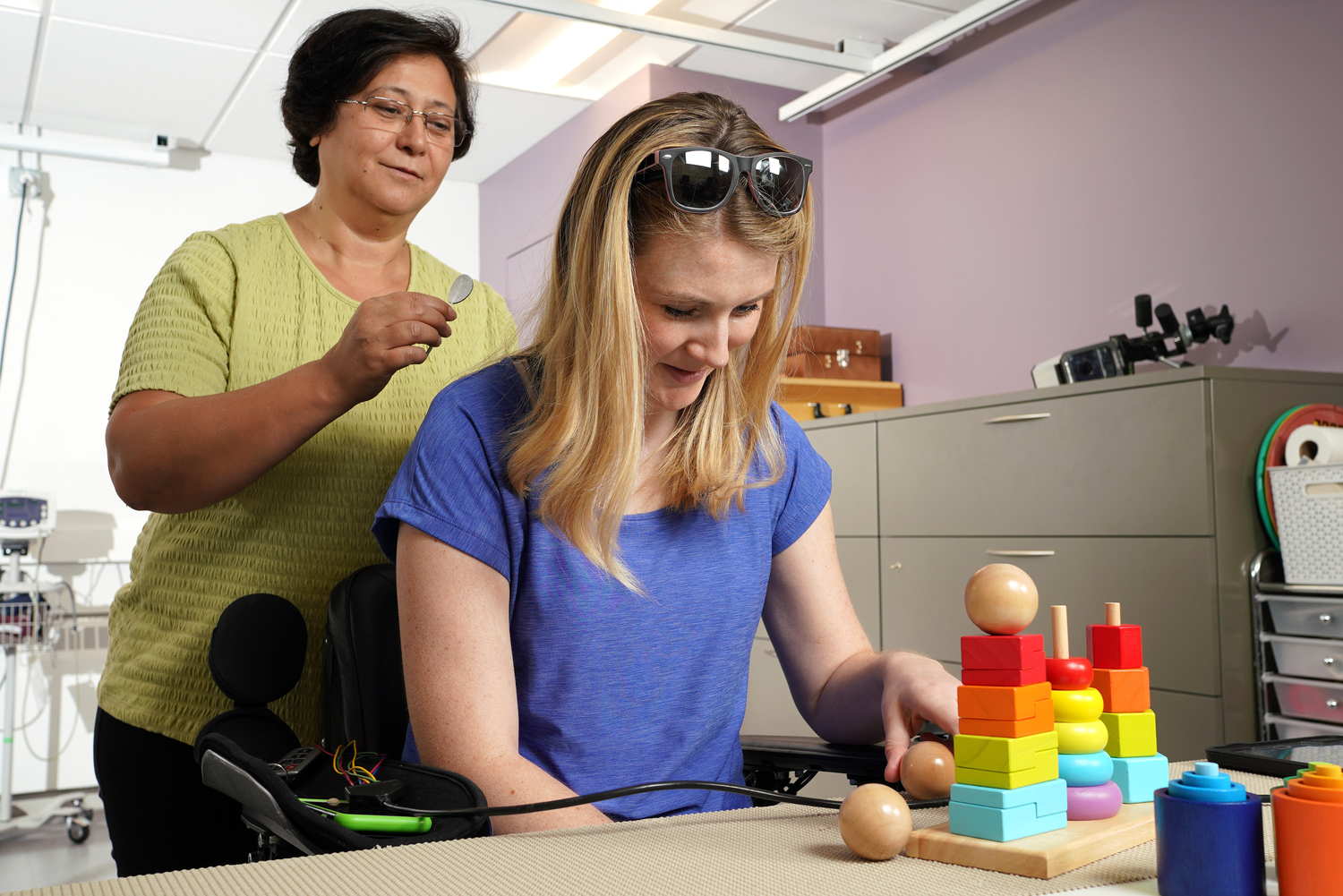
University of Washington researchers helped six Seattle-area people with spinal cord injuries regain some hand and arm mobility.
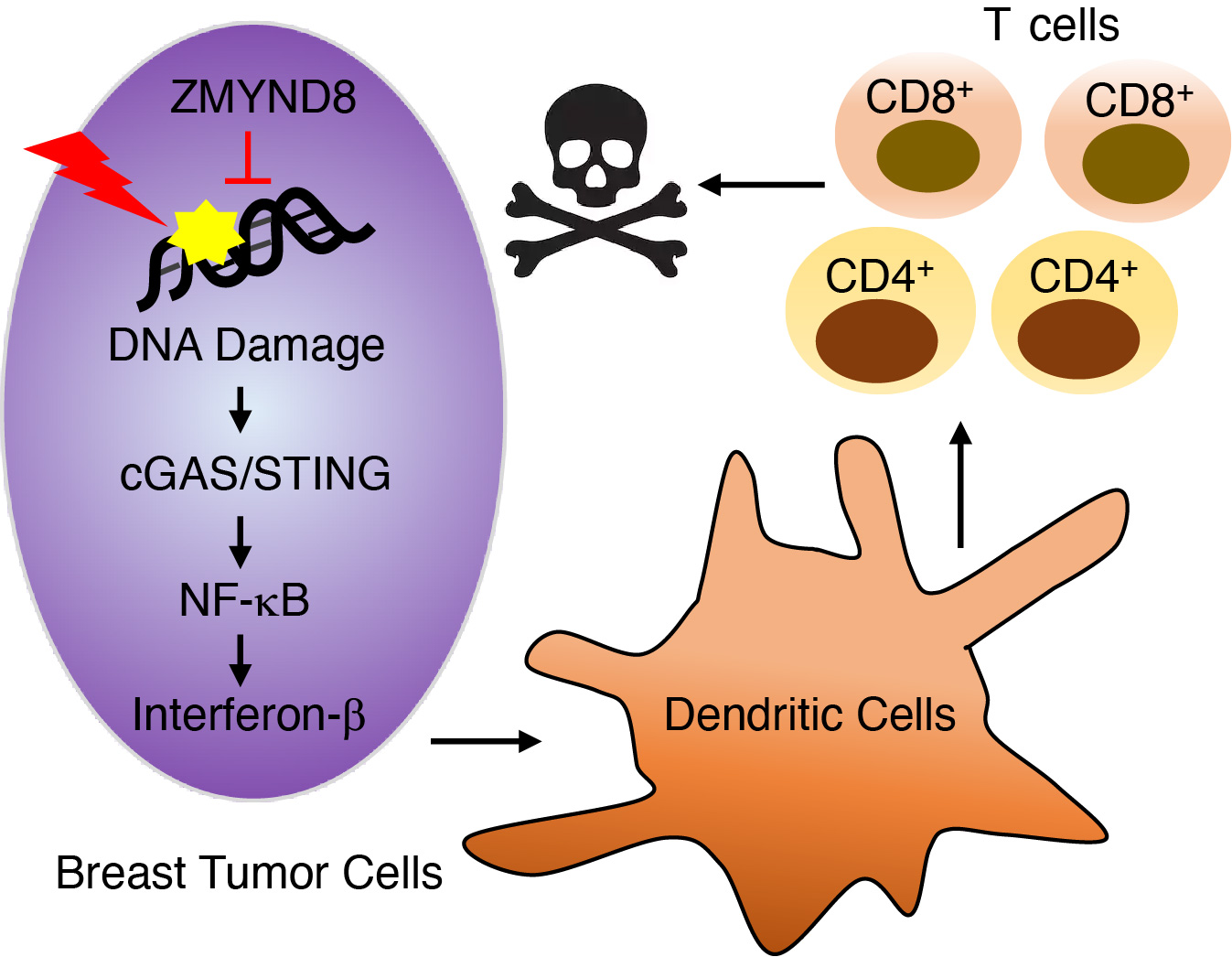
DALLAS – Jan. 12, 2021 – A team of UT Southwestern researchers has identified a gene involved in the growth of breast cancer, a finding that could lead to potential new targets for treatment.
A study from Arizona State University’s REACH Institute has found that when children are exposed to conflict between their divorced or separated parents, they experience fear of abandonment. This worry about being abandoned in response to interparental conflict was associated with future mental health problems in children, especially for children who had strong relationships with their fathers.
An unfortunate truth about using mechanical ventilation to save lives is that the pressure can cause further lung damage. Scientists are working to boost a natural cellular process in pursuit of a therapy that could lower the chances for lung damage in patients on ventilators.
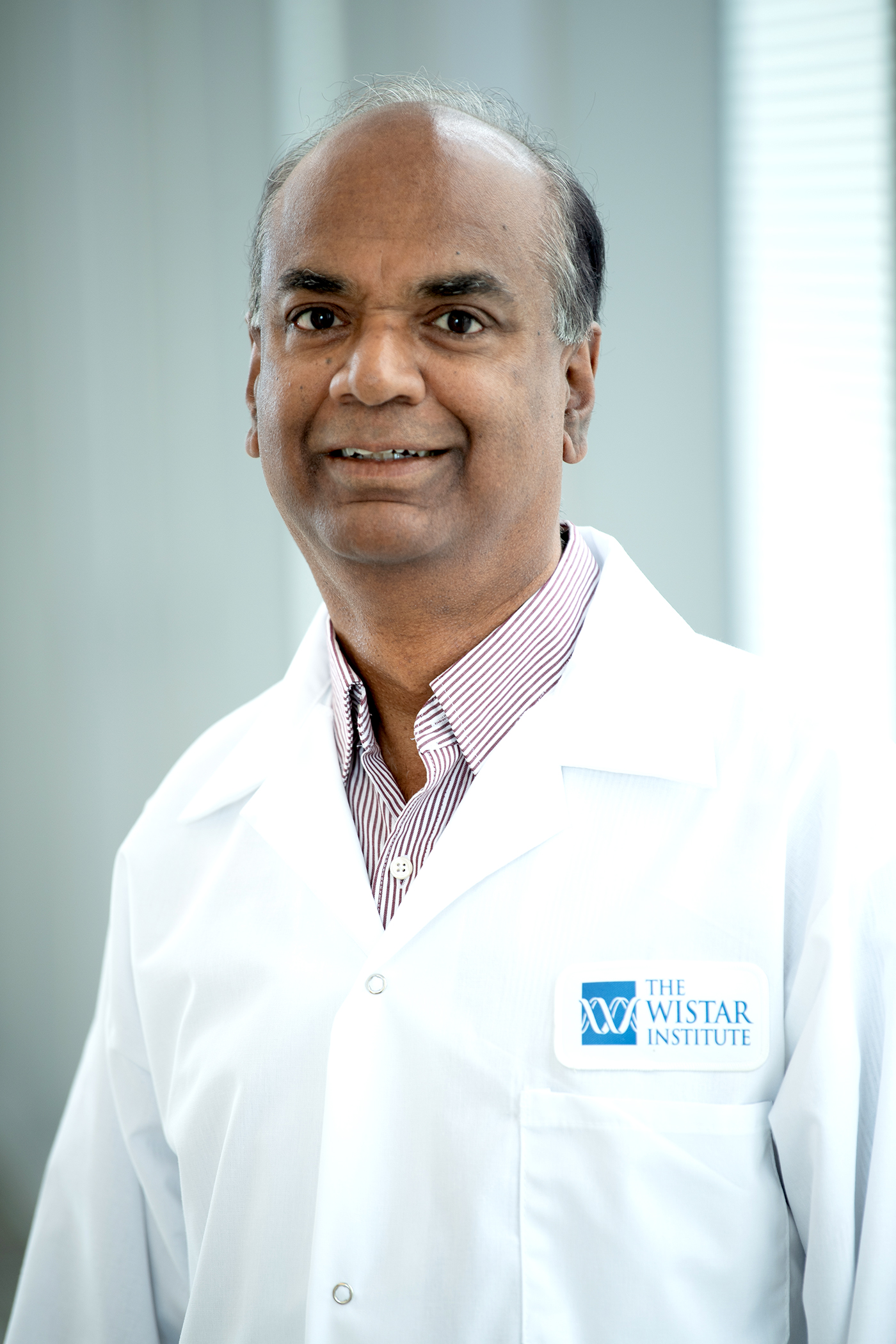
Wistar scientists have created an advanced humanized immune system mouse model that allows them to examine resistance to immune checkpoint blockade therapies in melanoma. It has revealed a central role for mast cells.
Penn Medicine researchers have successfully developed, tested, and implemented a first-of-its-kind, patient-informed questionnaire tool for ventral hernia repair surgery patients that could be broadly used to improve the way clinicians care for patients and potentially outcomes.

The genomes of egg-laying monotreme mammals, platypus and echidna, today have been published in the prestigious journal Nature.
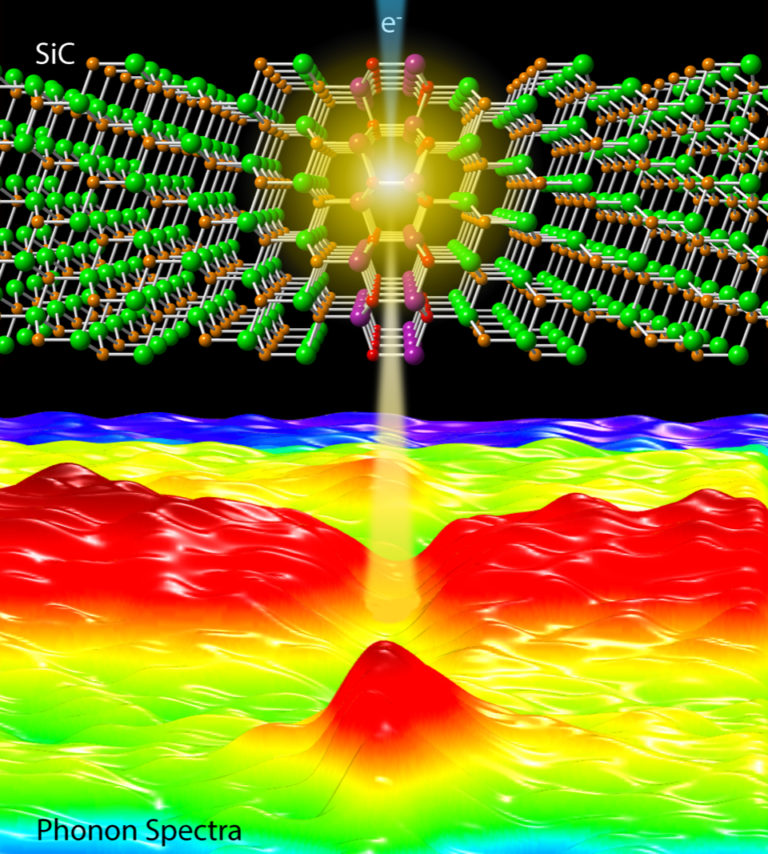
Irvine, Calif., Jan. 11, 2021 – Often admired for their flawless appearance to the naked eye, crystals can have defects at the nanometer scale, and these imperfections may affect the thermal and heat transport properties of crystalline materials used in a variety of high-technology devices. Employing newly developed electron microscopy techniques, researchers at the University of California, Irvine and other institutions have, for the first time, measured the spectra of phonons – quantum mechanical vibrations in a lattice – at individual crystalline faults, and they discovered the propagation of phonons near the flaws.
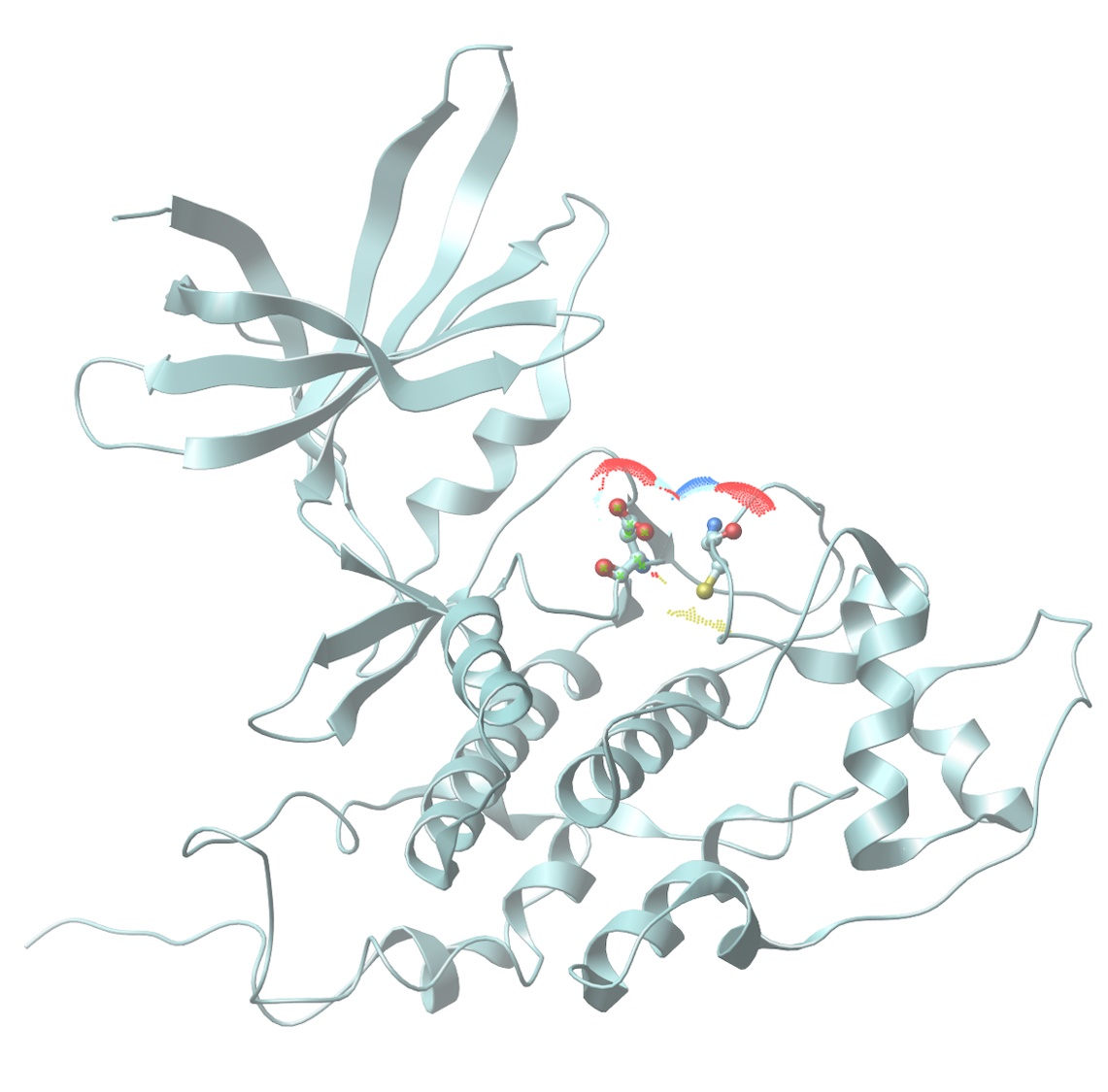
Typically characterized as poisonous, corrosive and smelling of rotten eggs, hydrogen sulfide’s reputation may soon get a face-lift thanks to Johns Hopkins Medicine researchers. In experiments in mice, researchers have shown the foul-smelling gas may help protect aging brain cells against Alzheimer’s disease. The discovery of the biochemical reactions that make this possible opens doors to the development of new drugs to combat neurodegenerative disease.
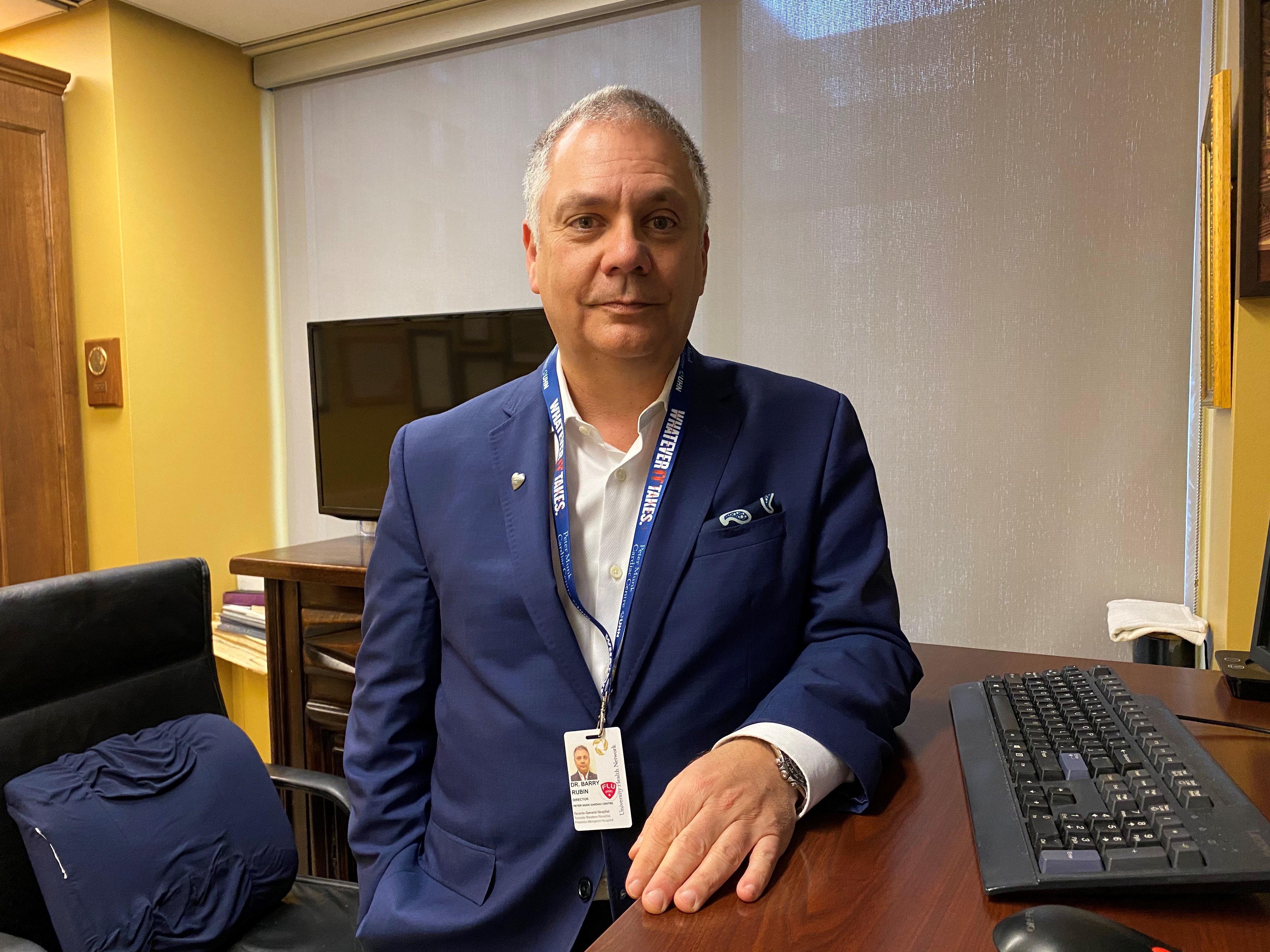
More than half the clinicians surveyed at the Peter Munk Cardiac Centre reported burnout and high levels of distress according to a series of studies published today in the Canadian Medical Association Journal Open (CMAJ-OPEN). In these studies carried out before the COVID-19 pandemic, 78% of nurses, 73% of allied health staff and 65% of physicians described experiencing burnout.
A new study explores the physiology of elite distance runners performing at two-hour marathon pace, including how much oxygen they consume while running at high speeds. The first-of-its-kind study is published ahead of print in the Journal of Applied Physiology.
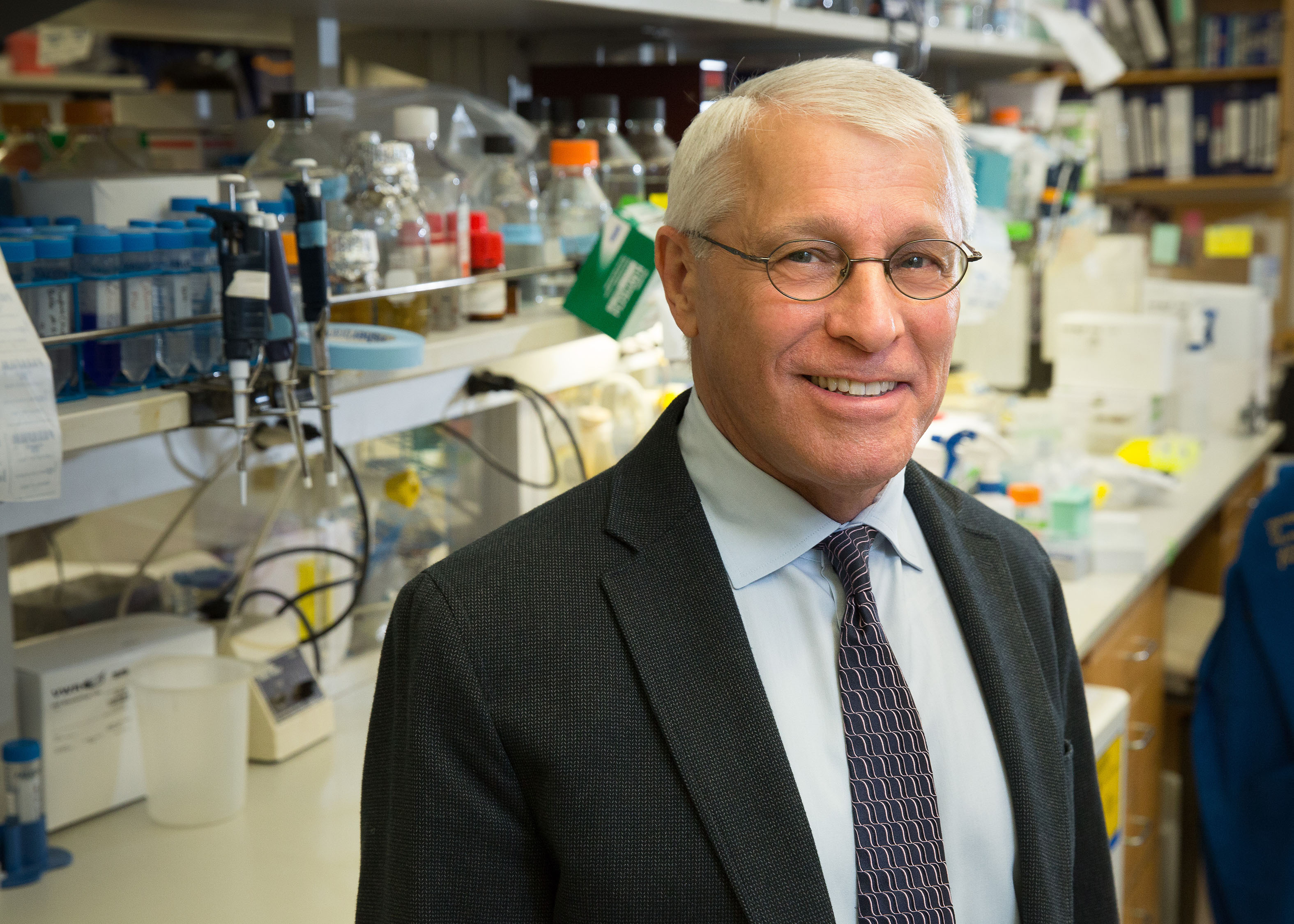
Scientists from the Eli and Edythe Broad Center of Regenerative Medicine and Stem Cell Research at UCLA have developed a technique that will enable researchers to more efficiently isolate and identify rare T cells that are capable of targeting viruses, cancer and other diseases.

Cell-derived exosomes are effective in treating disease when mixed with the dominant protein in breast milk and given orally, a new Smidt Heart Institute study of laboratory mice shows. The findings, published in the peer-reviewed Journal of Extracellular Vesicles, could help develop new oral medications for treating patients with muscular dystrophy and heart failure.
Michigan State University is leading a global research effort to offer the first worldwide view of how climate change could affect water availability and drought severity in the decades to come.
By the late 21st century, global land area and population facing extreme droughts could more than double — increasing from 3% during 1976-2005 to 7%-8%, according to Yadu Pokhrel, associate professor of civil and environmental engineering in MSU’s College of Engineering, and lead author of the research published in Nature Climate Change.

Researchers at the Indiana University Melvin and Bren Simon Comprehensive Cancer Center published promising findings today in the New England Journal of Medicine on preventing a common complication to lifesaving blood stem cell transplantation in leukemia.
An international team of astronomers report they have found the first faint, low-frequency whispers that may be gravitational waves from gigantic, colliding black holes in distant galaxies.
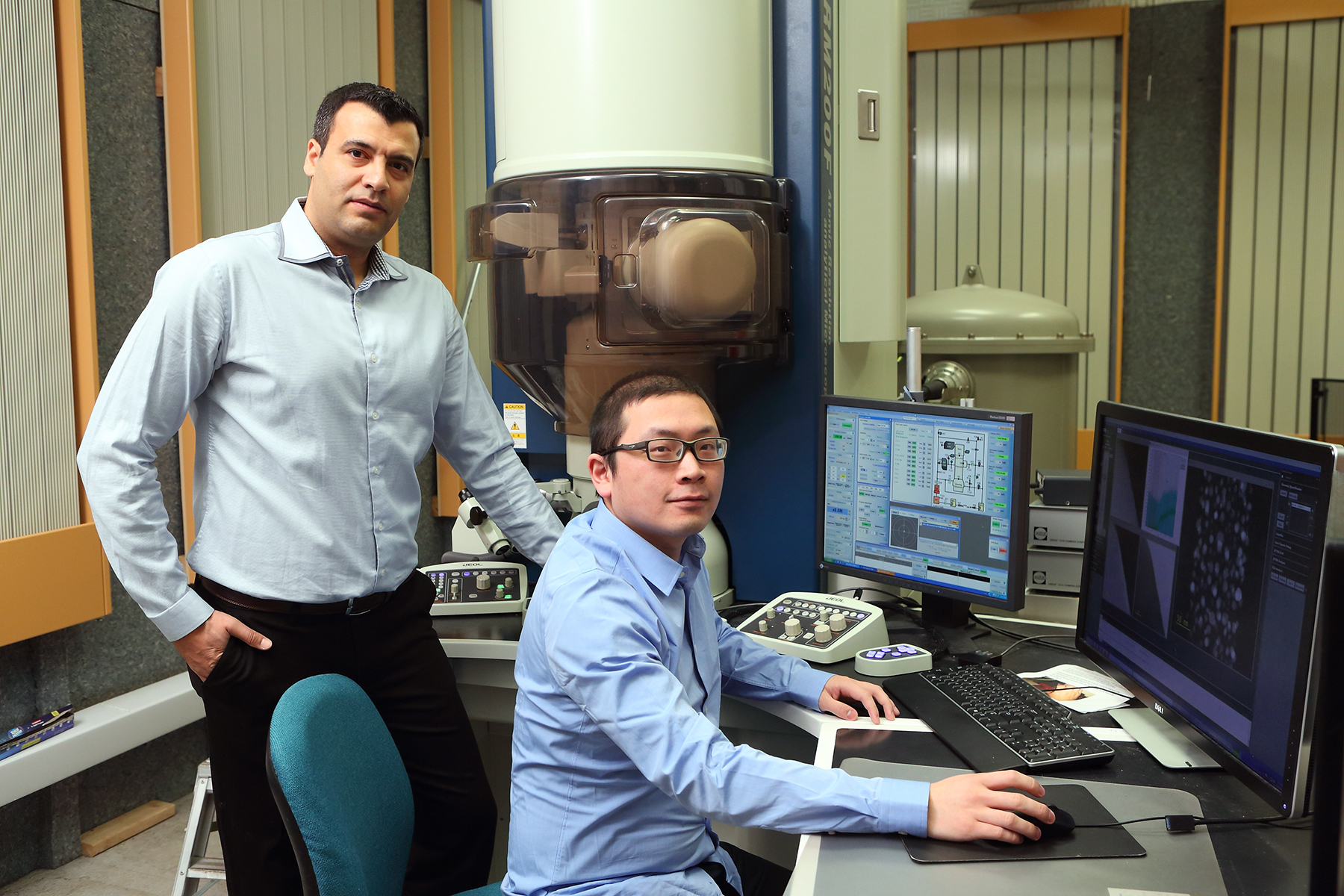
“Swiss Army knife” catalyst can bring the combustion temperature of methane down by about half – from above 1400 degrees Kelvin down to 600 to 700 degrees Kelvin.
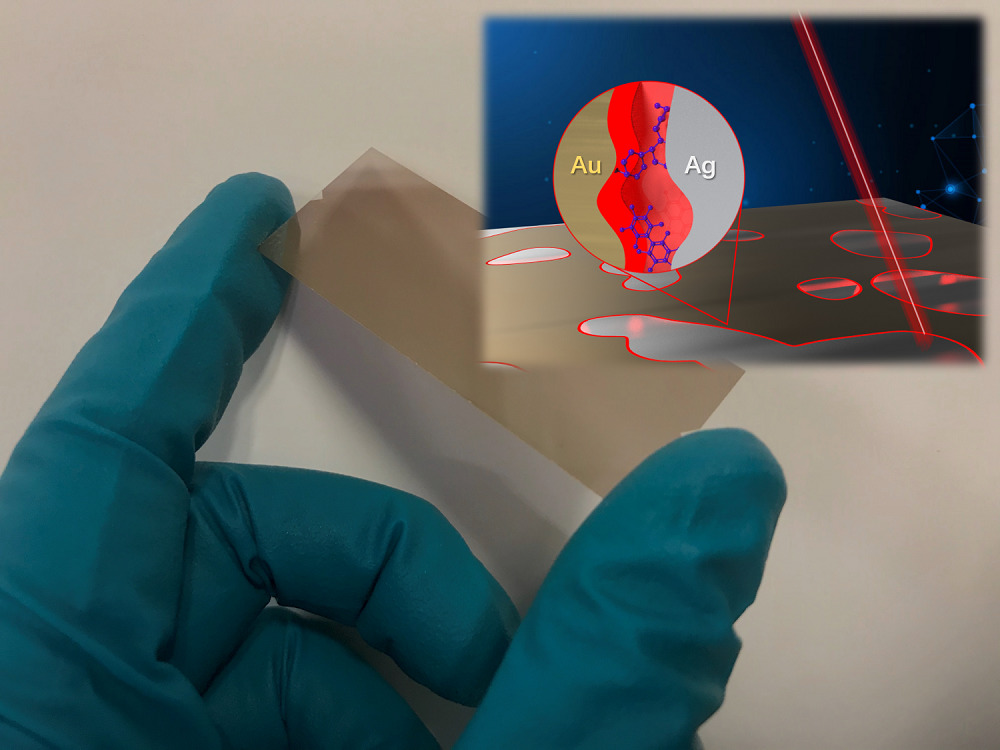
University at Buffalo researchers are reporting an advancement of a chemical sensing chip that could lead to handheld devices that detect trace chemicals — everything from illicit drugs to pollution — as quickly as a breathalyzer identifies alcohol.
Researchers have developed an analytical measurement “framework” which could allow organic solar cell researchers and manufacturers to determine which materials will produce the most stable solar cells prior to manufacture.
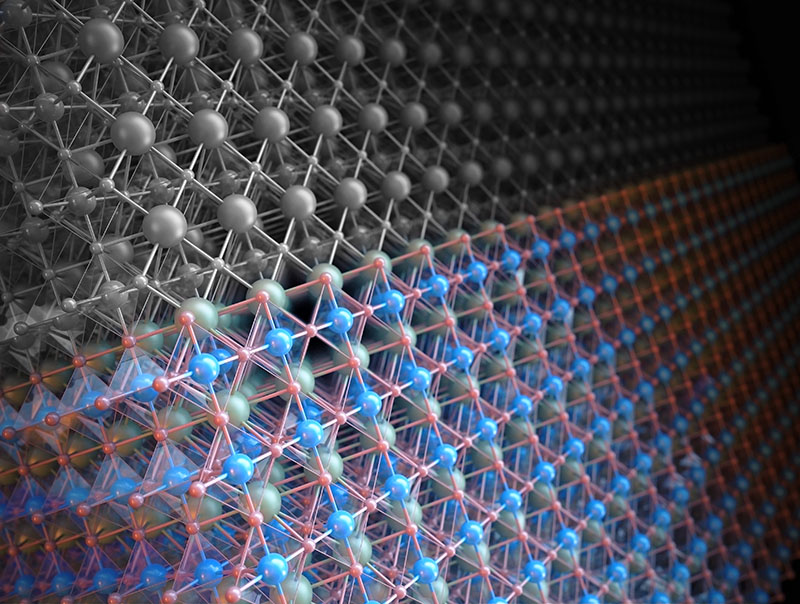
When an LNO catalyst with a nickel-rich surface carries out a water-splitting reaction, its surface atoms rearrange from a cubic to a hexagonal pattern and its efficiency doubles. Deliberately engineering the surface to take advantage of this phenomenon offers a way to design better catalysts.

Wistar scientists found mutations that inactivate the ARID1A gene in ovarian cancer increase utilization of the glutamine amino acid making cancer cells dependent on glutamine metabolism. Researchers also showed that pharmacologic inhibition of glutamine metabolism may represent an effective therapeutic strategy for ARID1A-mutant ovarian cancer.
The COVID-19 pandemic has seen hardware developers clamouring to make ‘open source’ technology to support our frontline services.
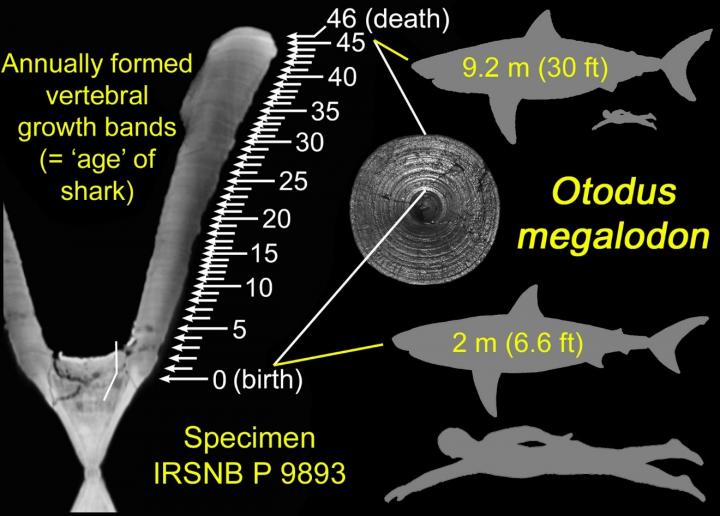
A new study shows that the gigantic Megalodon or megatooth shark, which lived nearly worldwide roughly 15-3.6 million years ago and reached at least 50 feet (15 meters) in length, gave birth to babies larger than most adult humans.
Positive “tipping points” could spark cascading changes that accelerate action on climate change, experts say.
Most doctors would agree that advanced care planning (ACP) for patients, especially older adults, is important in providing the best and most appropriate health care over the course of a patient’s life.

Fish populations tend to do better in places where rigorous fisheries management practices are used, and the more measures employed, the better for fish populations and food production, according to a new paper published Jan. 11 in Nature Sustainability.
Conditions are ripe for transforming the U.S. mental health care system, with scientific advances, the growth of Medicaid and political consensus on the importance of improving mental health creating the possibility that goals once thought out of reach may be possible, according to a new RAND Corporation study.
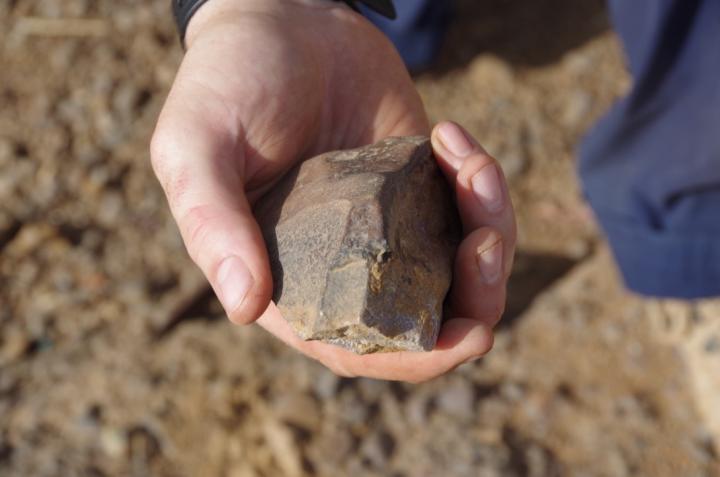
Fieldwork led by Dr Eleanor Scerri, head of the Pan-African Evolution Research Group at the Max Planck Institute for the Science of Human History in Germany and Dr Khady Niang of the University of Cheikh Anta Diop in Senegal, has documented the youngest known occurrence of the Middle Stone Age.
Moms are not more likely than other women to support gun control efforts. In fact, a new study finds that parenthood doesn’t have a substantial effect on the gun control views of men or women.

Around 1085 AD, along the southern rim of Northern Arizona’s elevated Colorado Plateau, a volcano erupted, forever changing ancient Puebloan fortunes and all nearby life.
New research shows people who pursue meaningful activities – things they enjoy doing – during lockdown feel more satisfied than those who simply keep themselves busy.
Biomarkers in human sperm have been identified that can indicate a propensity to father children with autism spectrum disorder.